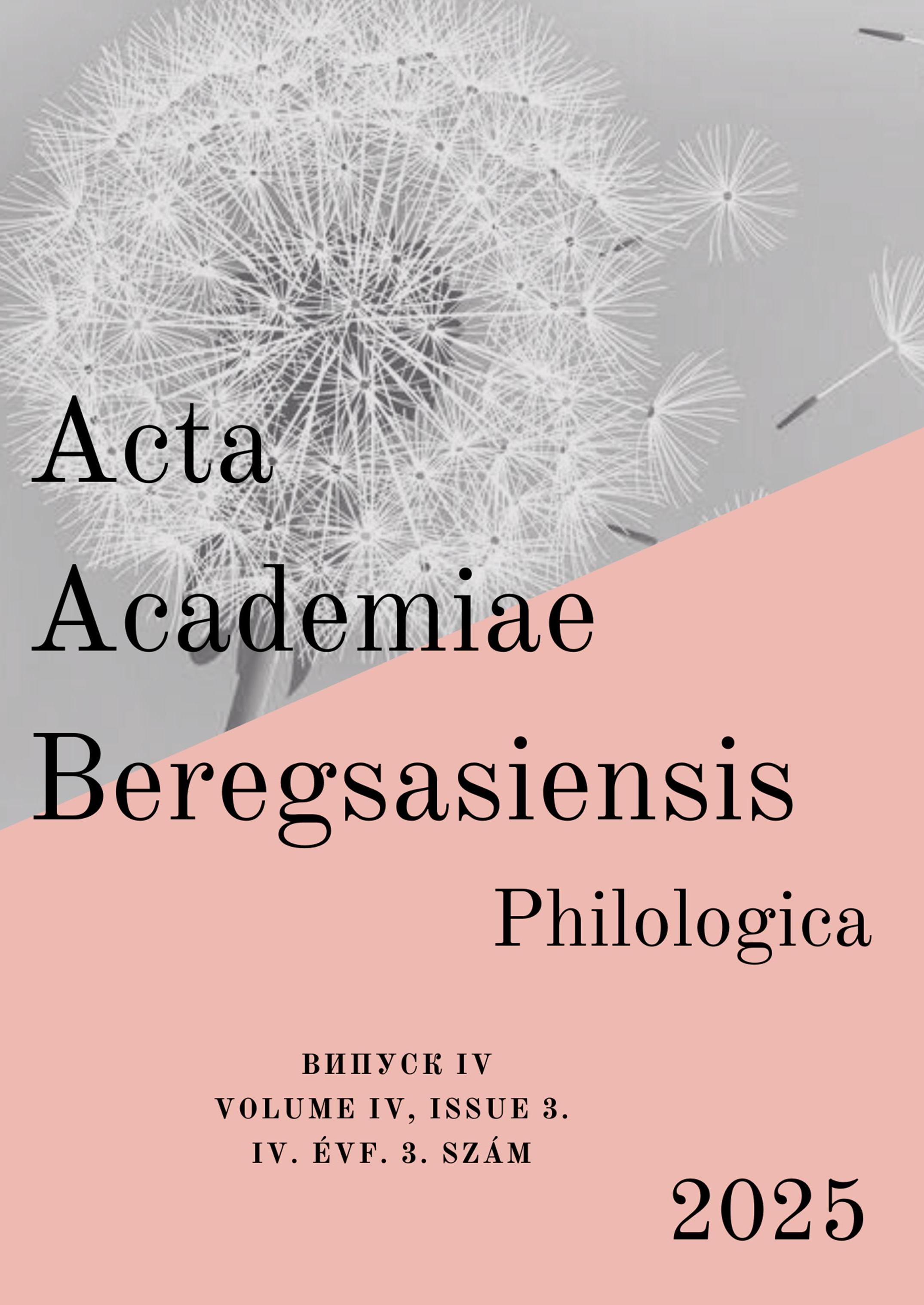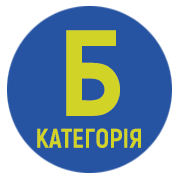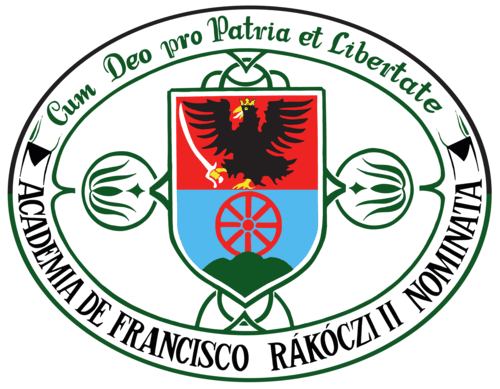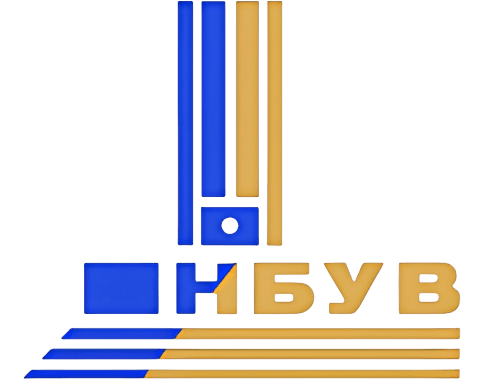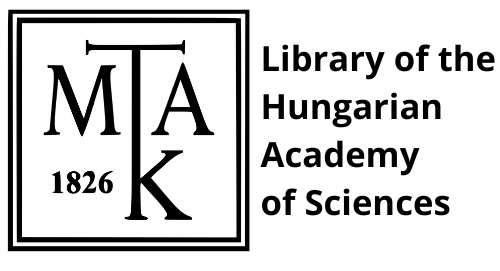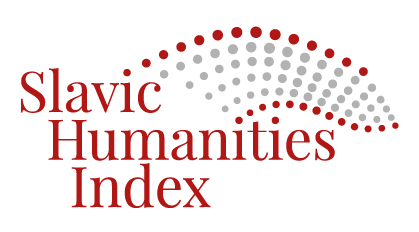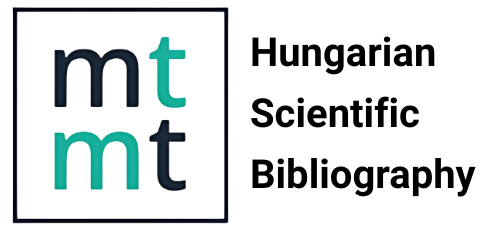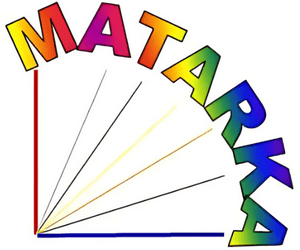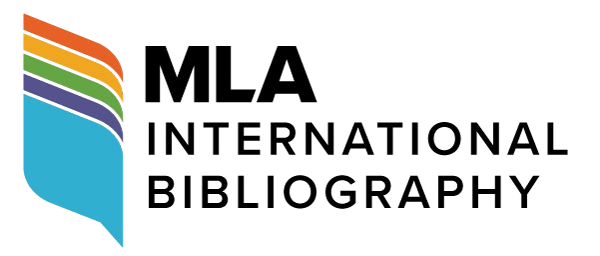Beyond the signs: multimodal approaches in analysing multilingual landscapes in Transcarpathia (Ukraine)
DOI:
https://doi.org/10.58423/2786-6726/2025-3-63-86Keywords:
linguistic landscape, multilingualism, ethnography, TranscarpathiaAbstract
This study investigates the multilingual and multimodal dimensions of the linguistic landscape (LL) in Transcarpathia, a historically contested borderland region of western Ukraine marked by political transformations, demographic shifts, and an ongoing conflict. Home to Ukraine’s largest Hungarian minority, the region has witnessed the gradual restriction of minority language rights through legislation such as the 2017 Law on Education and the 2019 State Language Law, alongside intensified de-Russification policies after 2022. Against this backdrop, the project Cross-Border Language Accessibility in Public Life explores how language policy, multilingual practices, and community agency intersect in public signage and communicative spaces. Building on previous research of the Antal Hodinka Research Centre for Linguistics, our approach integrates multimodal and ethnographic methods to examine not only the textual content of signs but also their visual, spatial, material, and sensory dimensions. Data collection combined geosemiotic analysis, video- and sound-recordings, and ethnographic fieldwork, including semi-structured walking interviews with local officials, school directors, entrepreneurs, and community leaders. Photo-elicitation techniques further revealed subjective interpretations and emotional responses to signage. The findings highlight how multilingual public texts function as ideological instruments that both reflect and reshape identity politics, particularly as bilingual signs are replaced with monolingual Ukrainian ones. Multimodal observations also demonstrate that signs’ material decay, spatial positioning, and sensory environments embody symbolic struggles over memory and belonging. By foregrounding the agency of sign producers and the lived experiences of minority communities, this study argues that LL research must move beyond static documentation toward multimodal, multisensory, and actor-centred perspectives. Such approaches not only capture the complexities of multilingualism under conditions of war and shifting policy but also provide critical insights into how minority languages adapt, resist, or fade within contested borderland societies.
References
1. Azaryahu, Maoz 1996. The power of commemorative street names. Environment and Planning D: Society and Space 14/3: pp. 311–330. https://doi.org/10.1068/d140311
2. Backhaus, Peter 2006. Multilingualism in Tokyo: a look into the linguistic landscape. International Journal of Multilingualism 3/1: pp. 52–66. https://doi.org/10.1080/14790710608668385
3. Ben-Rafael, Eliezer – Shohamy, Elana – Amara, Muhammad Hasan – Trumper-Hecht, Nira 2006. Linguistic landscape as symbolic construction of the public space: the case of Israel. International Journal of Multilingualism 3/1: pp. 7–30. https://doi.org/10.1080/14790710608668383
4. Blackwood, Robert – Lanza, Elizabeth – Woldemariam, Hirut eds. 2016. Negotiating and Contesting Identities in Linguistic Landscapes. London: Bloomsbury Publishing.
5. Blommaert, Jan 2013. Ethnography, Superdiversity and Linguistic Landscapes: Chronicles of Complexity. Bristol: Multilingual Matters. https://doi.org/10.21832/9781783090419
6. Cook, Vivian 2022. The Language of the English Street Sign. Bristol: Multilingual Matters. https://doi.org/10.21832/9781800414570
7. Csernicskó, István 2017. Nyelv, gazdaság, társadalom. Globális nyelvek Kárpátalja magyarok lakta végeinek nyelvi tájképében [Language, economy, society. Global languages in the linguistic landscape of the Hungarian-inhabited regions of Transcarpathia]. In: Márku, Anita – Tóth, Enikő eds. Többnyelvűség, regionalitás, nyelvoktatás: Tanulmányok a Hodinka Antal Nyelvészeti Kutatóközpont Kutatásaiból III. Ungvár: „RIK-U”. 13–44. o. (In Hungarian)
8. Csernicskó, István 2018. A kárpátaljai magyar kisebbség nyelvmegtartásáról és gazdasági életképességéről a nyelvi tájkép tükrében [On the language retention and economic viability of the Hungarian minority in Transcarpathia in the mirror of the linguistic landscape]. Metszetek 7/1: 119–141. o. https://doi.org/10.18392/metsz/2018/1/5 (In Hungarian)
9. Csernicskó, István – Tóth-Orosz, Enikő – Hires-László, Kornélia – Karmacsi, Zoltán – Márku, Anita – Molnár D., István – Máté, Réka 2021. A magyarok és a magyar nyelv Kárpátalján [Hungarians and the Hungarian language in Transcarpathia]. Törökbálint: Termini Egyesület. (In Hungarian)
10. Csernicskó, István – Hires-László, Kornélia – Karmacsi, Zoltán – Márku, Anita – Máté, Réka – Tóth-Orosz, Enikő 2020. Ukrainian language policy gone astray: An analytical overview of Ukrainian language policy. Törökbálint: Termini Egyesület.
11. Csernicskó, István – Tóth-Orosz, Enikő – Hires-László, Kornélia – Karmacsi, Zoltán – Márku, Anita – Molnár D., István – Máté, Réka 2023. Hungarians and the Hungarian language in Transcarpathia. Törökbálint: Termini Egyesület.
12. Csernicskó, István – Hires-László, Kornélia – Máté, Réka 2023. Kisebbségi nyelvek Ukrajnában [Minority languages in Ukraine]. Magyar Politikatudományi Tanulmányok. Független társadalomtudományi folyóirat 3/5–6: 65–89. o. (In Hungarian)
13. Csernicskó, István – Kontra, Miklós 2023. The Linguistic Human Rights Plight of Hungarians in Ukraine. In: Skutnabb‐Kangas, Tove – Phillipson, Robert eds. The Handbook of Linguistic Human Rights. Hoboken: John Wiley and Sons, Inc. pp. 373–382. https://doi.org/10.1002/9781119753926.ch26
14. Gorter, Durk – Cenoz, Jason 2023. A Panorama of Linguistic Landscape Studies. Bristol: Multilingual Matters. https://doi.org/10.21832/GORTER7144
15. Henshaw, Victoria 2013. Urban Smellscapes: Understanding and Designing City Smell Environments (1st ed.). New York: Routledge. https://doi.org/10.4324/9780203072776
16. Hires-László, Kornélia – Máté, Réka 2025. Nyelvi tájkép Kárpátalján az ukrán–orosz háború kitörése után [The linguistic landscape in Transcarpathia after the outbreak of the Russo–Ukrainian war]. In: Istók, Béla – Lőrincz, Gábor – Baka L., Patrik – Török, Tamás eds. Nyelvi diszkrimináció a nyelvi tájképben. Komárom: Selye János Egyetem. 133–145. o. (In Hungarian)
17. Hires-László, Kornélia – Máté, Réka – Tóth-Orosz, Enikő 2022. Kereskedelmi egységek nyelvi tájképe: kárpátaljai román- és magyarlakta települések példája alapján [The linguistic landscape of commercial establishments: examples from Romanian- and Hungarian-inhabited settlements of Transcarpathia]. In: Karmacsi, Zoltán – Márku, Anita – Tóth-Orosz, Enikő eds. Mozaikok a magyar nyelvhasználatból. Tanulmányok a Hodinka Antal Nyelvészeti Kutatóközpont kutatásaiból VI. Törökbálint: Termini Egyesület. 36–54. o. (In Hungarian)
18. Hires-László, Kornélia – Tóth-Orosz, Enikő – Máté, Réka 2023. Nyelvi tájkép Kárpátalján: az elmúlt 20 év [The linguistic landscape in Transcarpathia: the last 20 years]. In: Lehocki-Samardžić, Ana – Szoták, Szilvia eds. Az anyanyelv megőrzésének lehetőségei a magyar nyelvterület peremén. Osijek: Glotta Nyelvi Intézet. 136–156 o. (In Hungarian)
19. Hobbs, Dick 2006. Ethnography. In: Jupp, Victor ed. The SAGE Dictionary of Social Research Methods. Oxford: SAGE. pp. 25–38.
20. Jaworski, Adam – Thurlow, Crispin eds. 2010. Semiotic Landscapes: Language, Image, Space. London: Continuum.
21. Jupp, Victor ed. 2006. The SAGE Dictionary of Social Research Methods. London: SAGE Publications, Ltd. https://doi.org/10.4135/9780857020116
22. Kallen, Jeffrey 2009. Tourism and representation in the Irish linguistic landscapes. In: Shohamy, Elena – Gorter, Durk eds. Linguistic Landscape: Expanding the Scenery. New York: Routledge. pp. 270–283.
23. Kress, Gunther – van Leeuwen, Theo 2006. Reading Images: The Grammar of Visual Design (2nd ed.). New York: Routledge. https://doi.org/10.4324/9780203619728
24. Landry, Rodrigue – Bourhis, Richard 1997. Linguistic landscape and ethnolinguistic vitality: An empirical study. Journal of Language and Social Psychology 16/1: pp. 23–49. https://doi.org/10.1177/0261927X970161002
25. Leeman, Jennifer – Modan, Gabriella 2009. Commodified language in Chinatown: A contextualized approach to linguistic landscape. Journal of Sociolinguistics 13/3: pp. 332–362. https://doi.org/10.1111/j.1467-9841.2009.00409.x
26. Malinowski, David 2009. Authorship in the linguistic landscape: A multimodal-performative view. In: Shohamy, Elena – Gorter, Durk eds. Linguistic Landscape: Expanding the Scenery. New York: Routledge. pp. 107–125.
27. Meuser, Michael – Nagel, Ulrike 2009. The expert interview and changes in knowledge production. In: Bogner, Alexander – Littig, Beate – Menz, Wolfgang eds. Interviewing Experts. London: Palgrave Macmillan. pp. 17–42.
28. Molnár, József – Molnár D., István 2005. Kárpátalja népességének nemzetiségi és anyanyelvi összetétele [The national and mother-tongue composition of the population of Transcarpathia]. Beregszász: Kárpátaljai Magyar Kulturális Szövetség. (In Hungarian)
29. Pennycook, Alastair – Otsuji, Emi 2015. Metrolingualism: Language in the City. London: Routledge. https://doi.org/10.4324/9781315724225
30. Pietikäinen, Sari – Kelly-Holmes, Helen – Jaffe, Alexandra – Coupland, Nikolas 2016. Sociolinguistics from the Periphery: Small Languages in New Circumstances. Cambridge: Cambridge University Press. https://doi.org/10.1017/CBO9781316403617
31. Pink, Sarah 2007. Doing Visual Ethnography (2nd ed.). London: SAGE Publications Ltd. https://doi.org/10.4135/9780857025029
32. Rose, Gillian 2016. Visual Methodologies: An Introduction to Researching with Visual Materials (4th ed.). London: SAGE.
33. Scarvaglieri, Claudio – Pappenhagen, Ruth – Redder, Angelika 2016. Expanding the linguistic landscape scenery? Action theory and ‘Linguistic Soundscaping’. In: Blackwood, Robert – Lanza, Elizabeth – Woldemariam, Hirut eds. Negotiating and Contesting Identities in Linguistic Landscapes. London: Bloomsbury Academic. pp. 147–162. https://doi.org/10.5070/M3451036029
34. Scollon, Ron – Scollon, Suzie Wong 2003. Discourses in Place: Language in the Material World. London: Routledge. https://doi.org/10.4324/9780203422724
35. Shohamy, Elana – Ben-Rafael, Eliezer – Barni, Monica eds. 2010. Linguistic Landscape in the City. Bristol: Multilingual Matters. https://doi.org/10.21832/9781847692993
36. Shohamy, Elana – Gorter, Durk eds. 2009. Linguistic Landscape: Expanding the Scenery. London: Routledge. https://doi.org/10.4324/9780203930960
37. Stroud, Christopher – Mpendukana, Sibonile 2009. Towards a material ethnography of linguistic landscape: Multilingualism, mobility and space in a South African township. Journal of Sociolinguistics 13/3: pp. 363–386.
38. Tátrai, Patrik – Molnár, József – Kovály, Katalin – Erőss, Ágnes 2018. A kárpátaljai magyarok lélekszáma és a népesedésüket befolyásoló tényezők a SUMMA 2017 felmérés alapján [The population size of Hungarians in Transcarpathia and the factors influencing their demography based on the SUMMA 2017 survey]. Kisebbségi Szemle 3/3: 7–31. o. (In Hungarian)
39. Troyer, Robert – Szabó, Tamás Péter 2017. Representation and videography in linguistic landscape studies. Linguistic Landscape 3/1: pp. 56–77. https://doi.org/10.1075/ll.3.1.03tro
40. Watson‐Gegeo, Karen Ann 1988. Ethnography in ESL: Defining the essentials. TESOL quarterly 22/4: pp. 575–592. https://doi.org/10.2307/3587257
41. URL1: Zakon Ukrainy «Pro zabezpechennia funktsionuvannia ukrainskoi movy yak derzhavnoi» [Law of Ukraine “On Ensuring the Functioning of the Ukrainian Language as the State Language”]. https://zakon.rada.gov.ua/laws/show/2704-19 English translation: https://www.venice.coe.int/webforms/documents/default.aspx?pdffile=CDL-REF(2019)036-e (Accessed: 15.08.2025). (In Ukrainian)
42. URL2: Zakon Ukrainy «Pro natsionalni menshyny (spilnoty) Ukrainy» [Law of Ukraine “On National Minorities (Communities) of Ukraine”]. https://zakon.rada.gov.ua/laws/show/en/2827-20 (Accessed: 15.08.2025). (In Ukrainian)
43. URL3: Postanova Kabinetu Ministriv Ukrainy «Pro zatverdzhennia Metodolohii vykorystannia mov natsionalnykh menshyn (spilnot) Ukrainy v naselenykh punktakh, v yakykh tradytsiino prozhyvaiut osoby, yaki nalezhat do natsionalnykh menshyn (spilnot) Ukrainy, abo v yakykh taki osoby skladaiut znachnu chastynu naselennia» [Resolution of the Cabinet of Ministers of Ukraine “On Approval of the Methodology for the Use of the Languages of National Minorities (Communities) of Ukraine in Settlements Where Persons Belonging to National Minorities (Communities) of Ukraine Traditionally Reside or Where Such Persons Constitute a Significant Part of the Population”]. https://zakon.rada.gov.ua/laws/show/181-2024-п (Accessed: 15.08.2025). (In Ukrainian)
Downloads
Published
How to Cite
Issue
Section
License
Copyright (c) 2025 Réka Máté, Kornélia Hires-László

This work is licensed under a Creative Commons Attribution 4.0 International License.
Authors retain copyright and grant the journal the right of first publication. The work is simultaneously licensed under a Creative Commons Attribution 4.0 International License (CC BY 4.0), which permits others to share the work with appropriate credit given to the author(s) and the initial publication in this journal.
